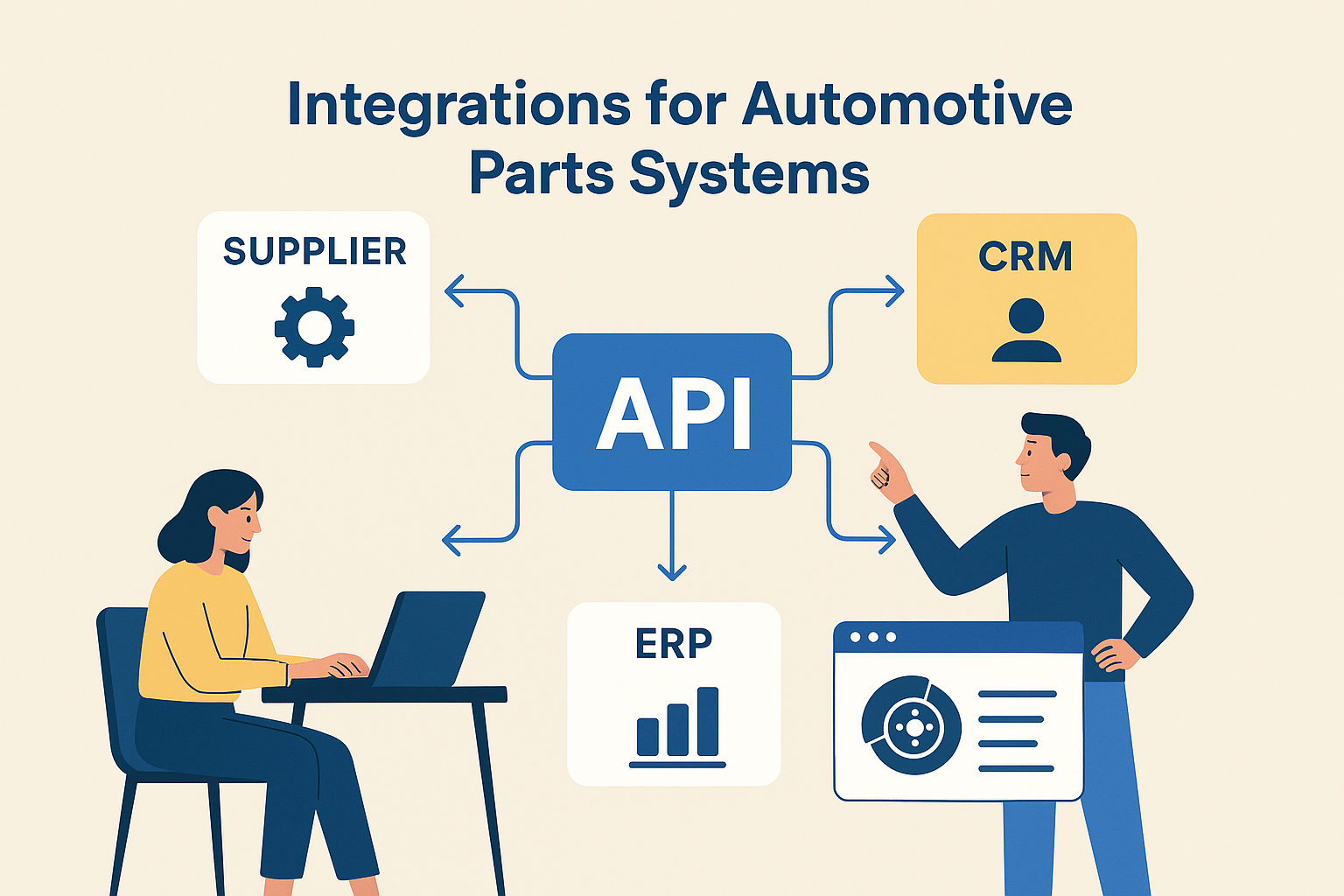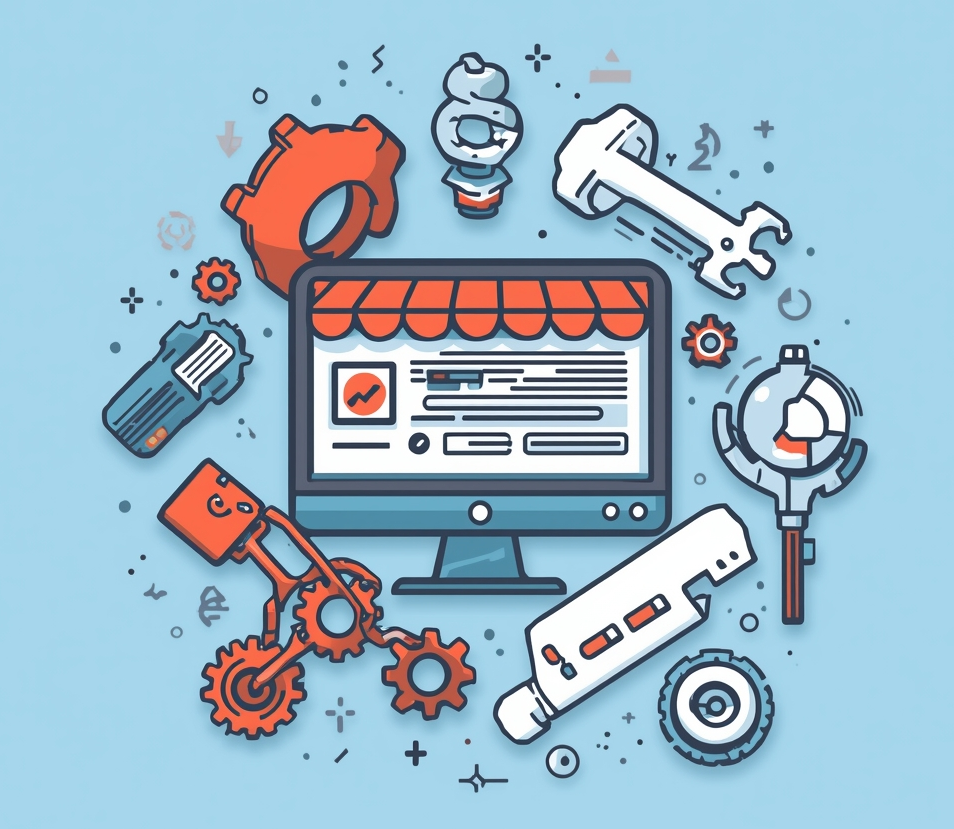What are the differences between original and non-original auto parts?
Understand the differences between OEM and aftermarket auto parts: pricing, availability, quality, compatibility and when to choose each option for your vehicle repairs.
Original vs Aftermarket Auto Parts: Making the Right Choice for Your Vehicle
Today's driving reality with road imperfections, harsh weather conditions, and natural wear means vehicles require regular maintenance and part replacements. While original manufacturer parts seem like the obvious choice, understanding the full spectrum of options helps make informed decisions that balance quality, cost, and availability.
Original Manufacturer Parts: Advantages and Limitations
Benefits of OEM Parts:
- Guaranteed compatibility and perfect fit
- Consistent quality matching original specifications
- Manufacturer warranty protection
- Ideal for complex systems and major components
- Significantly higher cost compared to alternatives
- Limited availability and longer delivery times
- Restricted selection from single manufacturer
- Often special order items requiring waiting periods
Aftermarket Parts: The Practical Alternative
Advantages of Non-Original Parts:
- Substantial cost savings, sometimes 30-60% less than OEM
- Wider selection from multiple manufacturers
- Broader price range options for different budgets
- Immediate availability for most common replacement items
- Competition drives innovation and quality improvements
- Filters (oil, air, fuel, cabin)
- Batteries and electrical components
- Brake pads and rotors
- Shock absorbers and suspension parts
- Spark plugs and ignition components
When Original Parts Are Mandatory
Certain situations require sticking with OEM components:
- Warranty Period - Dealers often void warranties with non-original parts
- Major Assemblies - Transmissions, transfer cases, and complex mechanisms
- High-Technology Systems - Advanced electronics, safety systems, engine management
- Discontinued Parts - When original manufacturers stop production
Navigating Compatibility Challenges
Aftermarket parts present specific identification challenges:
- Different manufacturers use unique alphanumeric coding systems
- Cross-reference databases vary between suppliers
- Technical specifications must match precisely
- Translation errors and naming inconsistencies create confusion
- Professional software and cross-reference databases are essential
Professional Parts Identification Solutions
Advanced auto parts stores utilize:
- Specialized software with comprehensive cross-reference databases
- Real-time access to multiple manufacturer catalogs
- Technical verification systems to prevent ordering errors
- Trained staff with deep product knowledge
- Quality assurance processes for part compatibility
Strategic Parts Selection Guide
Choose OEM When:
- Vehicle is under manufacturer warranty
- Replacing complex mechanical assemblies
- Safety-critical components (brakes, steering, suspension)
- Maintaining collector or luxury vehicle value
- Exact factory performance is required
- Budget constraints are significant
- Replacing wear items and consumables
- OEM parts are discontinued or unavailable
- Performance upgrades are desired
- Vehicle is older or out of warranty
Understanding the balance between original and aftermarket parts enables smarter repair decisions that optimize cost, quality, and vehicle performance. Professional auto parts retailers with advanced catalog systems can guide customers to the optimal choice for their specific situation and vehicle requirements.








